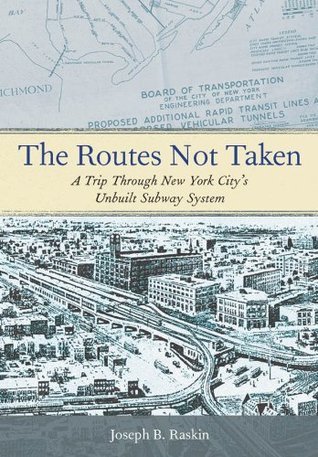What do you think?
Rate this book


336 pages, Kindle Edition
First published October 1, 2013
Both groups preferred a subway through their area but would accept an el. The route they wanted ran along Amity Street to Boerum Avenue (now 150th Street), south to Madison Avenue (now 41st Avenue), east to 16th Street (now 156th Street), and north to either Mathews Place (now Depot Road) or Lucerne Place (now Station Road) to 22nd Street (now 162nd Street). (p. 51)